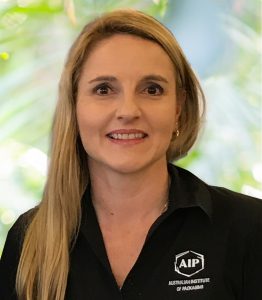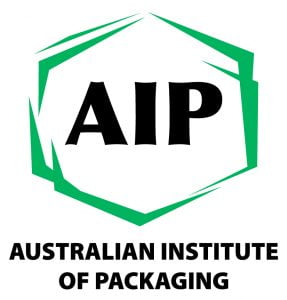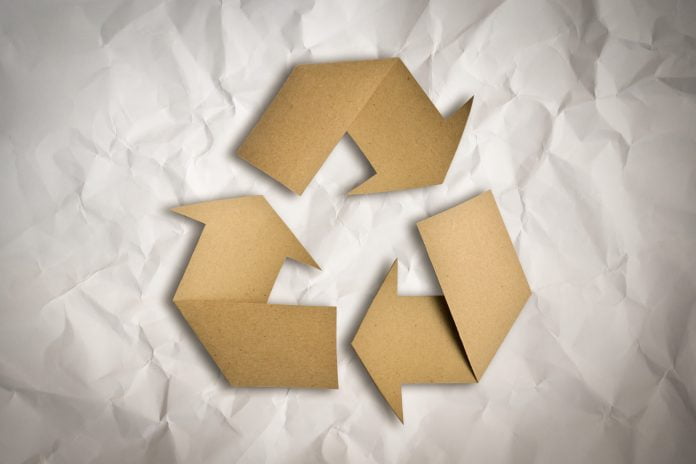Since its launch in 2018 over 300 companies have made the commitment to re-design their on-pack communication to incorporate the Australasian Recycling Label (ARL) to ensure that consumers can understand the true recyclability of all packaging components that are disposed of in Australia and New Zealand.

By Australian Institute of Packaging Executive Director Nerida Kelton.
To date over 10,000 SKU’s now use the ARL on-pack and the momentum is rising with businesses signing up to join the Australasian Packaging Recycling Label program every day.
The companies come from a broad range of industries and include early adopters such as Nestlé, Officeworks, Australia Post, Blackmores, Unilever, Coles, and Woolworths. A number of companies are ready to go and are simply waiting for their next product or packaging change.
What is the Australasian Packaging Recycling Label Program?
The Australasian Packaging Recycling Label Program is a labelling program that provides designers and brand owners with the tools to inform responsible packaging technologists and designers and helps consumers to understand how to correctly dispose of packaging. Led by APCO, in collaboration with Planet Ark and PREP Design, the program aims to significantly reduce consumer confusion, increase recycling recovery rates, and contribute to cleaner recycling streams. The two elements of the program are the Packaging Recyclability Evaluation Portal (PREP) and the Australasian Recycling Label (ARL).
What makes the program unique is the PREP Tool component, which provides packaging technologists and designers with the correct information on whether their packaging format is recyclable in the majority of household kerbside collection systems and then how it will be handled and recovered by the Material Recovery Facilities (MRFs). The PREP Tool also indicates if there are other closed loop recycling systems that the majority (80%) of the population has access ie, soft plastic which can be returned to a Coles or Woolworths store via the REDcycle program.
The PREP tool then works hand-in-hand with the second part of the process which is the ARL program. The ARL symbol represents how the MRF recognises materials, inks, weight, shape, adhesives and how each component will behave in the recycling ecosystem in Australia and New Zealand.
Using the datasets from the PREP tool the Australasian Recycling Label (ARL) then identifies the correct symbols to use on-pack for all components of the product eg, lid, tray, cap, bottle, box, film etc. It is not possible for a piece of packaging to have the Australasian Recycling Label without a PREP assessment that backs up disposal claims.
The ARL is an evidence-based standardised labelling system for Australia and New Zealand that provides clear and consistent on-pack recycling information to inform consumers of the correct disposal method. As packaging is made up of separable components, each with differing recyclability, the ARL will identify each item as either Recyclable, Conditionally Recyclable or Not Recyclable.
Recyclable: This label communicates to the consumer that the specific packaging component identified is recyclable at kerbside.
Conditionally Recyclable: This label communicates to the consumer that there is another destination that allows recycling. The label identifies that the specific packaging component either requires action in order for it to be classified as recyclable at kerbside, or it requires an alternate decision for recycling to occur.
Examples of conditionally recyclable include labels that say crush bottle and replace cap, rinse and store drop off, only at transfer stations, flatten to recycle, scrunch into a ball, separate to recycle, place in used envelope, remove handles, return to store.
Not Recyclable: This label communicates to the consumer that the separable packaging component is not recyclable at kerbside and needs to be disposed of with general rubbish.
The ARL symbols used on-pack in turn help consumers understand which packaging components belong in the recycling bin, or the general rubbish bin, or which parts should be returned in Australia to a Coles or Woolworths stores through the soft plastic collection bins.
As consumers become more aware of the ARL symbols on packaging they will gain confidence in the program and recognise that the labels are an important link to the current recycling capabilities of Australia and New Zealand. In turn the use of ARL symbols on-pack should encourage consumers to become more active in disposing of waste correctly which will limit contamination in our waste streams and keep recyclable material away from landfill.
I know I for one get excited when I see the ARL on-pack as I can finally understand which bin each component goes into and I make a conscious effort now to separate each material and put them in the right bin. The ARL is certainly a step in the right direction to better educate consumers on true recyclability of materials and encourage improved consumer recycling behaviour. If your business has yet to sign on to the Australasian Packaging Recycling Label program, then we would encourage you to talk to APCO today.
AIP Training
The Australian Institute of Packaging (AIP) have also developed a number of training courses that will greatly assist your Sustainable Packaging journey including ‘Tools to Help you Meet the 2025 National Packaging Targets: PREP and ARL’, ‘Introduction to sustainable packaging design’, ‘Lifecycle assessment tools for sustainable packaging design‘, ‘Flexible packaging: now and into the future’, ‘Plastics technology: introduction to polymers and recycling’, ‘How to implement sustainable packaging guidelines into your business’, ‘Suitable, functional and sustainable labelling’ and ‘The Future of bioplastics and compostable packaging’ which are run on a regular basis across Australia, New Zealand and Asia.
About Nerida Kelton MAIP
Nerida Kelton MAIP is the Executive Director for the Australian Institute of Packaging and the ANZ Board member for the World Packaging Organisation. She is also a member of the International Packaging Press Organisation (IPPO).
She has worked in the packaging industry for over 22 years and holds a position on the Department of Environment and Energy’s National Food Waste Strategy Steering Committee and is the AIP lead for the Save Food Packaging Consortium project within the Fight Food Waste Cooperative Research Centre. She is committed to helping the packaging industry understand the role that packaging plays in minimising food waste and to also support recognition of brands that are designing innovative Save Food Packaging. Nerida is also passionate about helping to educate and train packaging professionals about the importance of sustainable and circular packaging design and recognising Best Practice in this area.
 About Australian Institute of Packaging (AIP)
About Australian Institute of Packaging (AIP)
The Australian Institute of Packaging (AIP) is the peak professional body for packaging education and training in Australasia; helping to shape the careers of generations of packaging professionals – from packaging technologists to international packaging business leaders along with a host of people in associated disciplines – sales and marketing, purchasing, production and environment.
The AIP was founded in 1963 in response to a need for packaging technologists to interact and provide a professional identity for individuals within the packaging industry. Having served the industry for over 55 years the AIP is the only professional body designed to provide professional and personal development to all levels of the packaging industry; educational offerings include the Diploma in Packaging Technology, the Certificate in Packaging, the Master in Food & Packaging Innovation, Certified Packaging Professional.


